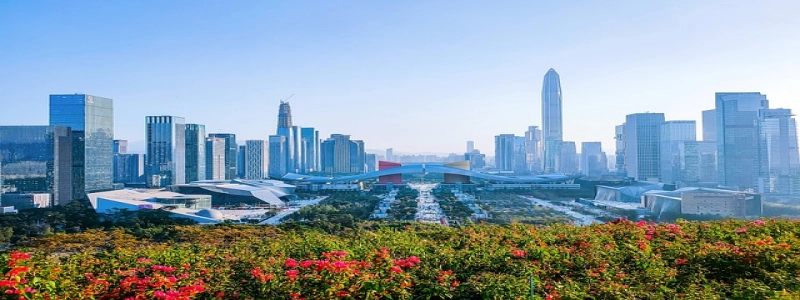Dispersal and Vicariance
Introduction:
The study of biogeography focuses on understanding how species are distributed across different geographical areas. Two main processes that explain species distribution patterns are dispersal and vicariance. Dispersal refers to the movement of organisms from one geographic location to another, while vicariance involves the splitting of a population into two or more separate populations due to the formation of geographic barriers. This article aims to provide a comprehensive explanation of dispersal and vicariance and their role in shaping biogeographical patterns.
I. Dispersal:
A. Definition: Dispersal is the movement of individuals, seeds, or other reproductive propagules from their birthplace to a new location.
B. Mechanisms of dispersal:
1. Active dispersal: Organisms possess the ability to actively move to new areas. Examples include birds flying to new habitats or mammals exploring new territories.
2. Passive dispersal: Some organisms rely on external factors to transport them. This can be through wind, water currents, or hitching a ride on other organisms.
C. Importance of dispersal in biogeography:
1. Colonization: Dispersal enables species to establish populations in new and empty habitats, leading to colonization of previously unoccupied areas.
2. Range expansion: Dispersal allows species to extend their geographic range by moving into new suitable habitats.
3. Gene flow: Dispersal plays a vital role in promoting genetic exchange between different populations, reducing genetic isolation.
II. Vicariance:
A. Definition: Vicariance occurs when populations of a species become physically separated by the formation of geographic barriers.
B. Types of vicariance:
1. Tectonic vicariance: The movement of Earth’s tectonic plates can lead to the formation of mountain ranges, oceans, or other physical barriers that separate populations.
2. Climate-driven vicariance: Changes in climatic conditions, such as ice ages, can create barriers that isolate populations.
3. Anthropogenic vicariance: Human activities, such as deforestation or construction of roads, can fragment habitats and result in population isolation.
C. Consequences of vicariance:
1. Speciation: Vicariance events can lead to the isolation of populations, allowing for the accumulation of genetic differences over time, ultimately resulting in speciation.
2. Endemism: Vicariance can give rise to unique species or subspecies that are restricted to specific geographic regions.
3. Biodiversity: Vicariance can contribute to the generation of high biodiversity by creating isolated, unique habitats that support diverse ecosystems.
Conclusion:
Dispersal and vicariance are two key processes that shape biogeographical patterns. Dispersal enables species to colonize new habitats, expand their ranges, and maintain genetic connectivity between populations. On the other hand, vicariance events, driven by geographic or climatic factors, can lead to the isolation of populations, resulting in speciation, endemism, and increased biodiversity. Understanding these processes is crucial for understanding the distribution and evolution of species, as well as for conservation efforts aimed at protecting and preserving ecosystems and their biodiversity.








